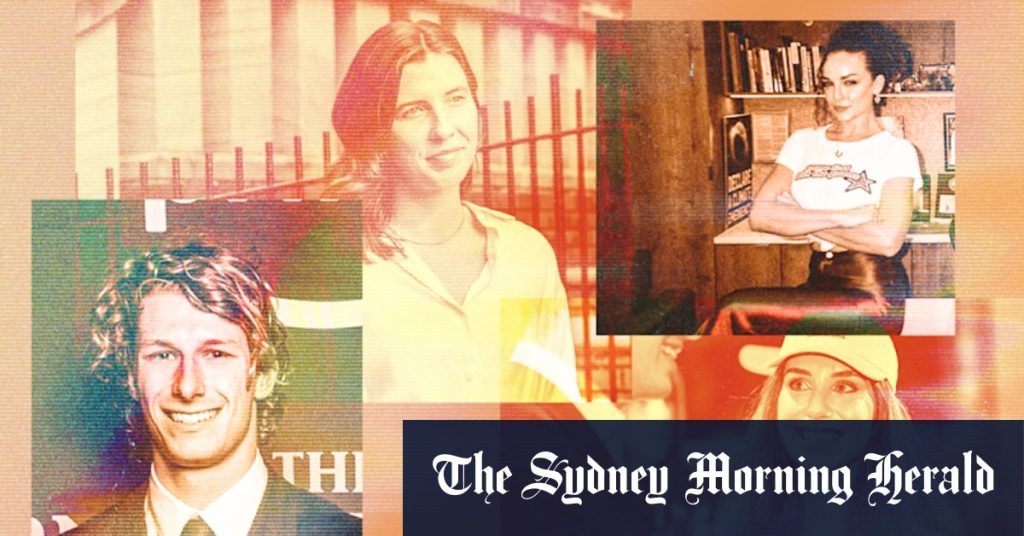The Rise of “New Media” and the Shifting Landscape of News Consumption in Australia
The digital revolution has irrevocably altered the media landscape, with social media platforms and online personalities increasingly influencing how Australians consume news. A recent study by the University of Canberra, part of the international Digital News Report, highlights the growing reliance on these “new media” sources, particularly among younger generations, and the challenges this presents to traditional notions of journalistic integrity and accountability. The survey of over 2,000 Australians reveals a generational divide in news consumption habits and priorities. While older audiences prioritize truth and accuracy, younger Australians flock to social media for news due to its convenience and diverse formats, acknowledging the potential for misinformation while valuing diverse perspectives.
This shift has led to a blurring of lines between journalist, commentator, and entertainer. Influencers, podcasters, and online personalities are emerging as significant players in the dissemination of news and information. Trust, traditionally associated with established media outlets and press credentials, is now earned through perceived authenticity, consistency, and personality. This new paradigm is redefining news delivery and who gets to deliver it, prompting questions about standards and accountability in an evolving media ecosystem. The 2023 Australian federal election served as a watershed moment for “new media,” with the Labor government’s unprecedented invitation of online influencers to the budget lockup. This move, while acknowledging the growing influence of these new players, ignited a backlash from traditional media outlets, raising concerns over a perceived lack of journalistic standards and oversight within the influencer sphere.
The inclusion of influencers in the budget lockup, a traditionally exclusive domain of established journalists, sparked a debate about journalistic integrity and the blurring lines between news reporting and advocacy. The backlash stemmed from concerns about the lack of checks and balances on influencers, compared to the professional standards expected of traditional journalists. This controversy highlighted the tension between the evolving media landscape and the need to maintain journalistic ethics in a digital age. The incident underscored the need for clear guidelines and expectations for influencers participating in traditionally journalistic spaces, prompting calls for greater transparency and accountability from both influencers and government institutions.
The debate intensified following scrutiny of prominent online personality Abbie Chatfield’s election-related social media posts by the Australian Electoral Commission (AEC). While Chatfield was cleared of any wrongdoing, the incident foreshadows potential changes in electoral laws to address the growing influence of online personalities in political discourse. As social media becomes an increasingly dominant news source, particularly among younger demographics, the need for stricter regulations and quality control measures is becoming increasingly apparent. This scrutiny reflects a growing awareness of the potential for online personalities to sway public opinion and the need for mechanisms to ensure responsible and ethical conduct within this space.
The case of Sam Fricker, an Olympic diver with a large online following who interviews political figures, further illustrates the complexities of “new media’s” role in news and politics. Fricker emphasizes neutrality and journalistic values in his interviews, but acknowledges facing pressure to disclose his own political leanings during the election cycle. This highlights the tension between maintaining journalistic objectivity and the growing expectation for transparency, particularly in the highly polarized online environment. As the lines between journalist, commentator, and influencer continue to blur, defining and upholding journalistic ethics in this new media landscape becomes increasingly crucial.
The trend towards partisan perspectives further complicates the “new media” landscape. Online commentators increasingly embrace open political affiliations, catering to audiences seeking news aligned with their own viewpoints. This resonates with younger audiences but raises concerns about echo chambers and the potential for misinformation and polarization. The challenge for regulators and media organizations is to balance freedom of expression with the need to combat disinformation and ensure credible news sources. As the media ecosystem continues to evolve, finding effective mechanisms to promote media literacy and critical thinking amongst audiences becomes increasingly vital.


